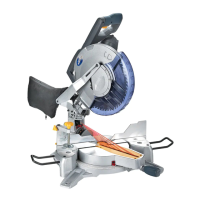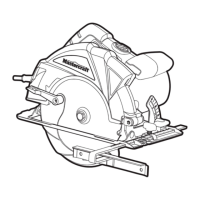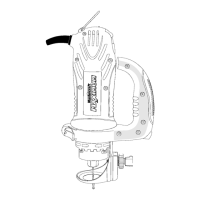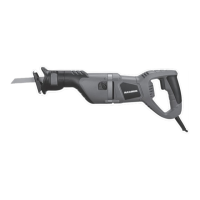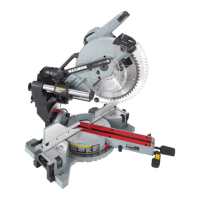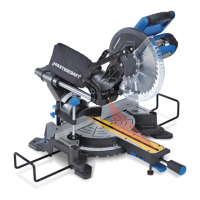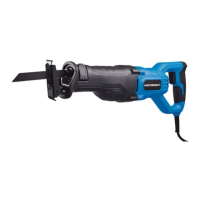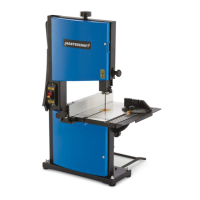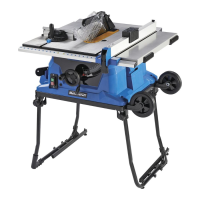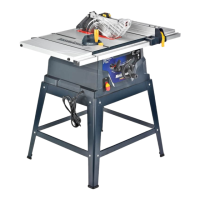What to do if my MasterCraft Maximum Hawkeye Laser 055-6746-0 motor does not start?
- KKirk WilsonAug 2, 2025
If the motor does not start, it could be due to: * Limit switch failure - replace the limit switch. * Worn brush - replace the brushes. * A blown fuse or tripped circuit breaker - verify there is electrical power at the outlet.
